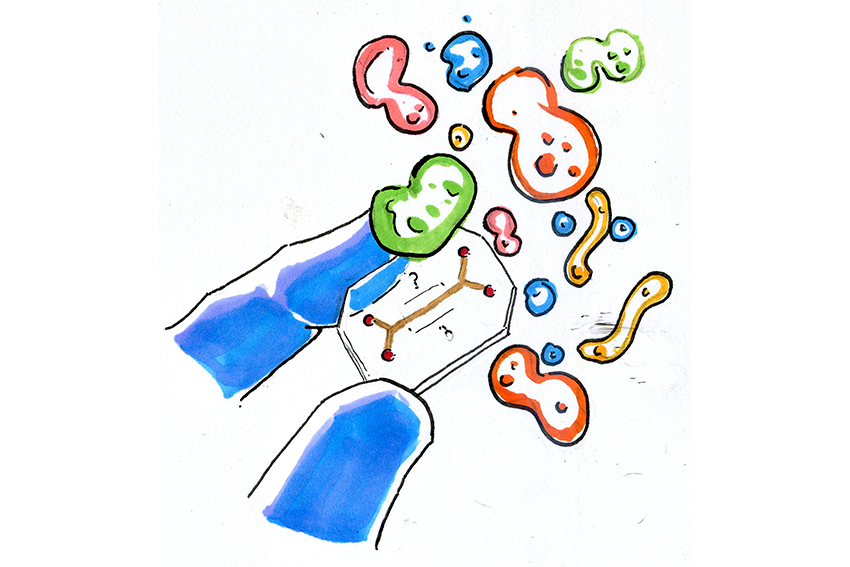A new innovation developed by UT researchers involving guts on a microchip may end the era of lab rats and petri dishes in the study of human disease.
Woojung Shin, biomedical engineering graduate student, helped develop “gut-on-a-chip,” a microdevice the size of a grape that models the function of the human intestine. According to the Cockrell School of Engineering, this development could replace the standard ways researchers look at gastrointestinal diseases, such as colitis or inflammation of the colon.
According to a paper published this year in the Cellular and Molecular Gastroenterology and Hepatology Journal by Shin and other biomedical engineers, an organ chip is a clear device made of soft and flexible silicon structures that mimics human organs on a molecular level.
“Gut-on-a-chip” models are specifically engineered to include immune cells, bacteria and other molecular components normally found in the human intestine. Some of these gut chip models have even been engineered to mimic the motion of muscle contractions in the intestine, also known as peristalsis, according to the paper.
“It’s basically just organ biomimicry,” Shin said. “We are trying to better understand our body with a simple design.”
Shin’s lab is using the “gut-on-a-chip” to model diseases like colorectal cancer and how the human microbiome affects certain treatments.
According to the American Cancer Society, colorectal cancer is the third leading cause of cancer-related deaths in men and women in the United States.
Using the “gut-on-a-chip” colorectal cancer model, Shin said she would like to see how the human microbiome affects the efficacy of immunotherapies in colorectal cancer.
Shin added that the “gut-on-a-chip” model is a better alternative to animal modeling for this type of research.
“Animal models have been widely used, but the problem is that, especially for mice, the population of their microbiome just overlaps about 15 percent with our bodies, ” Shin said. “Even if we have a lot of animal models, they might not be the best models to test probiotic, or bacterial-based, therapies on.”
Shin also said she believes that organ chips are more accurate compared to standard cell culture models.
“Bacteria cells can not be cultivated for a long time in conventional cell culture platforms,” said Shin, “They often overgrow and deplete oxygen and nutrients that cause surrounding human or animal cells to die.”
According to Shin, the gut chip model continuously flows culture medium, a substance that is designed to promote cell growth. The medium supplies oxygen and nutrients to the environment so that the gut bacteria can sustain their ecosystems with the human cells.
Shin said “gut-on-a-chip” projects will allow them to more effectively model the human intestine using human primary cells, or cells derived directly from humans.
“We would like to use human primary cells which can more closely reflect human genetics,” she said. “We can do this because our system (gut-on-a-chip) can support bacteria cells with these human cells.”
She said their model will not only help advance knowledge of gut diseases, but give scientists another tool to study them.





















